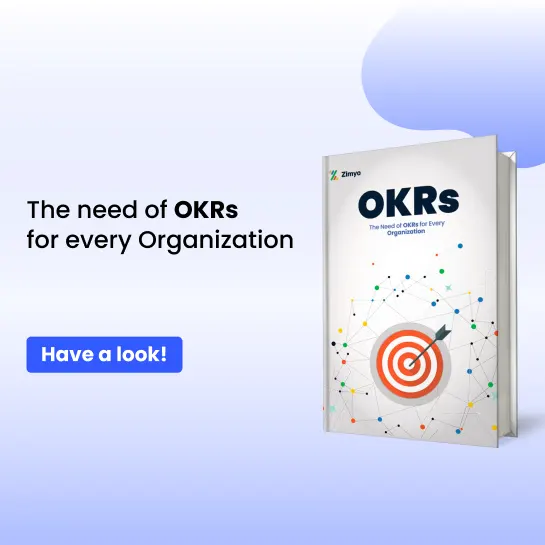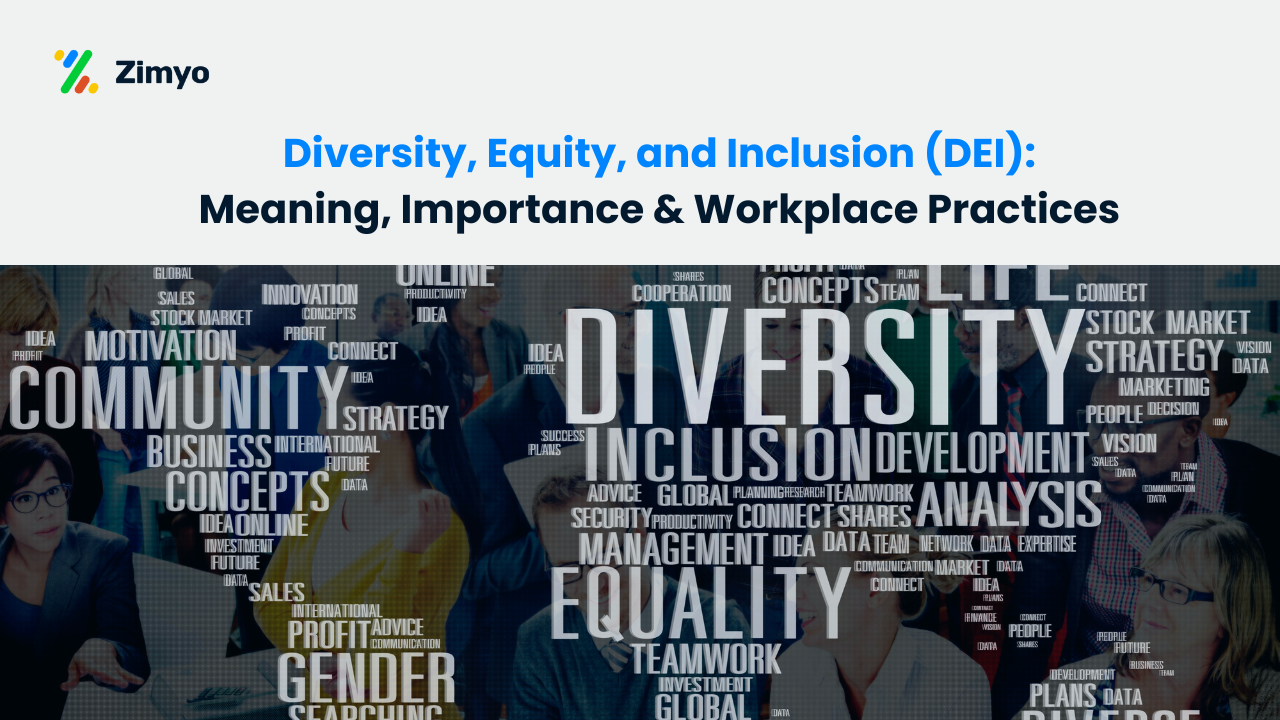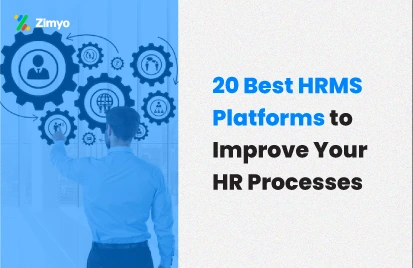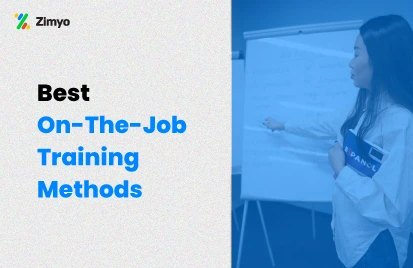In all corporate related chaos, there is a cosmos, in all disorder a secret order. HR TECH as the third eye is the ultimate problem solver, guardian and friend working to do what falls in the employer and employees key interest.
Today, Human Resource Management (HRM) is seen as the LEADER of corporate hierarchy! Its’ function, practice and procedures play a key role in the normal working of work culture. Human resources in any enterprise- be it small or medium constitutes an important area of study.
Careful human resource management in small and medium enterprises is required to create and nourish good opportunities in the production process.
If managed effectively and efficiently, human resources can play a BIG ROLE in realizing the objectives of the businesses looking for ways TO MIND THEIR BUSINESS!!
As quoted in the Research India Publications 26 as Rajiv Oza, director HR, Dr Reddy’s Laboratories says, “HR will play an important role in attracting and retaining talent to work in SMEs. For those who would like to fold their sleeves and manage dynamics very near to the market will enjoy their career in SMEs. HR plays multiple roles in the SME sector. In my view the role has more canvas which covers multiple functions like HR, personnel, IR, Corp Communication, PR and so on. Most of the hrm for SMEs operate in an environment of cut-throat competition with limited resources. The core role of HR is to be a thought partner to the Promoters and Business leaders; manage growth or stagnancy with limited resources; balance growing needs of employees with that of the organization’s ability to provide them.”
Objectives and Research Methodology in the Field of Human Resources
Objectives of the study are as given in the International Journal of Business Administration and Management is as follows:
- To figure out the Human Resource Management System in MSME organisations
- To find out the Role for HRM in MSME organisations
- To evaluate functions of HRM in MSME.
Research Methodology can be classified in different ways, the most common distinction is between the quantitative and the qualitative approaches.
Quantitative approaches were used while studying natural sciences like laboratory experiments, survey methods and numerical methods.
Whereas, a qualitative study is used when the researcher wants to get a deeper understanding of a specific situation.
Conclusion: The chosen approach is qualitative. This study takes the secondary data available on Human Resource Management systems in Micro Small and Medium level organizations. And the reports on the study topic have also been collected to gauge the effectiveness of the HRM process.
The BIG ROLE of KEY PLAYER: Human Resources Professional in Small and Medium Enterprises
HRM is concerned with all aspects of employment and management of professionals working in organizations. HRM covers the following activities: strategic human resource management, human capital management, corporate social.
HRM practice has a root basis borrowed and based on the science of organizational behaviour and strategic management, human capital and theories of industrial relations.
This database was delivered with the help of a large number of research projects by different researchers in the field of management.
The sole purpose of this paper is to highlight the general information of the practice and concepts of HRM.
It outlines HRM objectives, theories, characteristics, components of HRM systems, development of HRM as a method for managing people, the views expressed in relation to key performers, the context in which how HRM works.
Among others, the author Ronald R.Sims says “The key to continued survival and successful organization is not rational or quantitative approaches, but differs significantly in activities of employees and managers that are based on the support and mutual loyalty. The success of the organization today and tomorrow are being seen more and more dependent on the effectiveness of human resource management”.
Human resource management (HRM) in contemporary economics is in parallel to a company’s success measured through numerous organizational measures (profitability, productivity, rate of innovation, market share, environmental performances, etc.).
On the other hand, small entrepreneurial and medium-sized (SME) companies have not been given much emphasis in relation to HRM in the past. The reason is clear why more and more authors today want to discuss more the success of the SMEs and the perceived advantages of SMEs in a turbulent and unpredictable business environment.
The study identifies various management implications as Firms should GIVE #1 PRIORITY to investment in HRM practices. SMEs can skyrocket the operational performance by using operational strategies in place.
Paying Attention to the Functions of HRM
As firms grow, there is a need to have HR and HR functioning properly placed. HRM department is seen solely responsible for executing all HR function in the best interest of the employer and employees on an equal basis.
Human resource functions can be defined as the way all tasks and responsibilities regarding HRM are organized within organizations in an organizational frame.
HR functions include all roles, tasks and responsibilities- right from the staffing process, to the training and development through the performance planning and appraisal to remuneration and rewards to final termination of employment.
The HR function is not the only circumference around managers in general or at HR departments, but also in line management and even the employees themselves.
Various organizational contextual factors determine the need for some specific HRM practices causing HR function (as the principal task of HRM department) to play their ROLE to create an IMPACT.
However, HR functions depend on some other factors, as Hendry and Pettigrew (1992) explain that “while changes in human resource practice International Journal of Business Administration and Management. ISSN 2278-3660 Volume 7, Number 1 (2017), © Research India Publications http://www.ripublication.com 30 can be conceived as a response to business strategy, the scope of the HRM function to respond effectively is therefore limited by its role and resource”.
It is the job of the HRM department within any organization to define and refine their HR function through a need analysis survey for helping business operations and gaining sustained competitive advantage.
These may comprise of Fombrunet al (1984) “generic” HRM functions: for example;
- HRM policies: developing policies relating to personnel management of the firm
- Employment: defining recruitment and selection procedures for staffing needs
- Development: developing strategies for training and development of employees
- Performance: developing performance appraisal programs
- Compensation: Designing reward systems for the employees.
These HR functions are performed through different HRM practices in organizations. From the above discussion, these generic HRM practices are thoroughly explained.
What’s in Hold for HRM in SMEs: Future Prospects
Until recent past, it was only the big firms looking forward to having HRM Department; but nowadays even the SMEs have understood the importance of HR and its functions.
The need for organized HR practices is now realized by most SMEs today and they are even ready to implement HRM into their organizations. The only problem they face relates to the shortage of funds and expertise required to implement HRM. The solution can take any of the two forms: either outsource the HRM function for a short period or manage from the available resources for implementing HRM.
But if the firm cannot outsource HRM, the SMEs can do the following:
- Recognize the right talent for the organization; may not be the best but which suits the needs of the job and organization.
- Follow employee engagement practices so that employee retention improves.
- Re-employment of retired employees who are ready to join at a low salary.
- Developing a culture of accepting challenges and offering career growth in the organization.
- Minimize the hierarchy so that employees feel a part of the organization.
- Design practices like flexible working hours and work from home to facilitate work-life balance.
Looking at the Broader Picture:
Research has shown that the strategic use of human resource management (HRM) is one of the most important determinants of organizational performance. The success of SMEs largely relies upon the enthusiasm, competency, resources and commitment to the (owner) around whom the entire workforce revolves.
Since the owners often find themselves involved in the manual work and taking responsibility for employment matters including the determination of pay, employee issues are often taken lightly and managed in an informal manner.
The role of human resources then comes into play to enhance firm efficiency and effectiveness of what needs to be done right in an organization.
Also Read: 11 Takeaways from the budget for the SMEs and Startup







